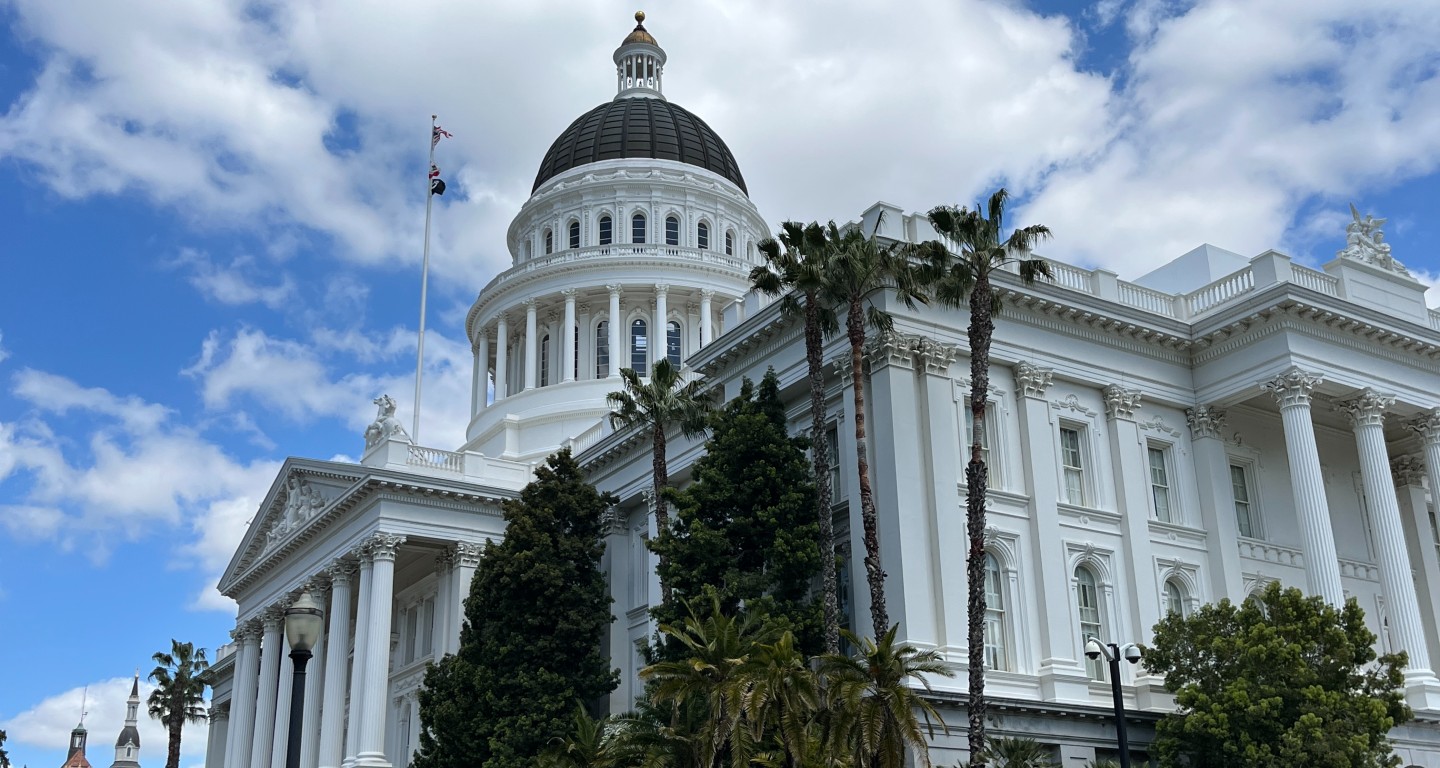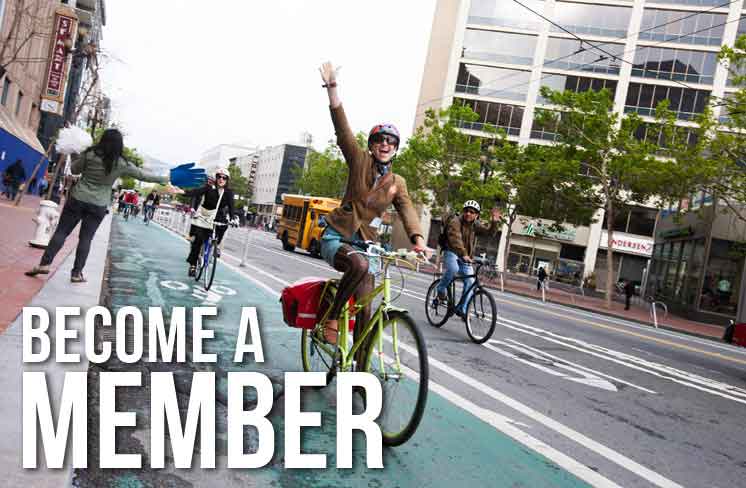A decade ago, someone dear to me was hit by a car when a driver sped through a red light. He was out for a run on a beautiful day. As he crossed 9th Street on the pedestrian signal, his life was violently altered, in a moment he will thankfully never remember.
When I next saw him in the hospital, he was unrecognizable: eyes swollen shut, head wrapped in gauze, the shape of his face impossibly different. He remained in a medically-induced coma for several days, and when he awoke, he faced an extraordinarily long road to recovery. All the contributions he made to San Francisco as a social worker and yoga teacher were put on pause. But he was still lucky, in one way — he survived.
San Francisco has always prided itself on leading the country in safe and sustainable transportation. We’ve created some of the most bike-friendly infrastructure in the country and became the second US city to adopt a Vision Zero policy. Vision Zero has made SF streets far safer than they would have been otherwise: in the policy’s ten years, the vast majority of US cities have seen traffic deaths and injuries increase, linked to distracted driving, heavier vehicles, and other factors, while in SF they fell.
Most recently, we were the first in the state to implement California’s new speed camera program, which is quickly proving to be a much-needed safety tool for the community. But there’s a glaring gap in our approach to street safety: red-light enforcement that actually works.
As advocates who have been fighting for safer streets since 1971, the San Francisco Bicycle Coalition sees the daily reality facing cyclists and pedestrians in our city. Red-light running isn’t just a traffic violation; it’s a leading cause of serious injuries and deaths among people who choose to bike, walk, or use transit — as my friend experienced that fateful day in 2015.
The problem starts with California’s outdated approach to red-light cameras. The current legislation that authorizes SF’s cameras requires that, to issue the violation, the cameras must capture a clear photo of the driver’s face. This results in thousands of violations being thrown out due to poor photo quality, a system expensive for the city to maintain, and ineffective in its outcome.
The fine issued is currently $500 for everyone, among the nation’s highest for red-light violations, with a moving violation on a driver’s record. While this seems like an effectively tough penalty, the outcome depends on the violator’s financial capacity. People living on low incomes often can’t and don’t pay, falling into a cycle of increasing penalties and financial instability — an unwelcome outcome in a city already facing a crisis of affordability.
AB 645, the automated speed enforcement bill that passed last year and authorized the pilot of cameras to enforce reckless speeding, introduces corrections for some of the lessons learned from the state’s red-light camera program. The different approach to speed cameras has proven more effective, and it’s time for the red-light camera program to catch up.
A new bill heading to the Governor’s desk, SB 720, offers California that needed correction. When Governor Newsom signs this bill, San Francisco can again lead on smarter, more equitable traffic enforcement. The bill would reduce red-light fines to $100 for first-time violations — still a meaningful deterrent, but sustainable enough for cities to be able to maintain their programs. The bill would also make violations civil rather than criminal, protecting working families from insurance increases and other mounting penalties that would mean the difference between getting by and destitution.
We know red-light cameras save lives. According to the SFMTA, San Francisco has seen a 66% drop in injury collisions caused by running red lights since cameras were introduced. But the program only works when citations are actually issued. Currently, that’s not happening as effectively as it could.
This is why we need Governor Newsom to sign SB720.
The equity provisions in SB 720 align with San Francisco values. Like the speed camera legislation Governor Newsom signed in 2023, the bill includes hardship reductions for low-income drivers. Traffic safety shouldn’t become another way to penalize people for their economic circumstances. It also includes privacy provisions, requiring the photographs be only of the license plate rather than the faces of car occupants and explicitly bans facial recognition technology; it also requires the data not be shared with state or federal agencies unless via court order.
The San Francisco Bicycle Coalition has learned over our 54 years of work that lasting change requires multiple approaches: infrastructure, education, policy reform, and equitable and effective enforcement. SB 720 provides the enforcement tool that San Francisco needs, and keeps everyone, no matter their chosen mode, safer. What we need now is the political will to pass it.
Governor Newsom should sign SB 720 before October 13 and help San Francisco continue leading on transportation innovation that actually protects people. Email the Governor and ask him to sign SB 720 and fix our red light camera program.


